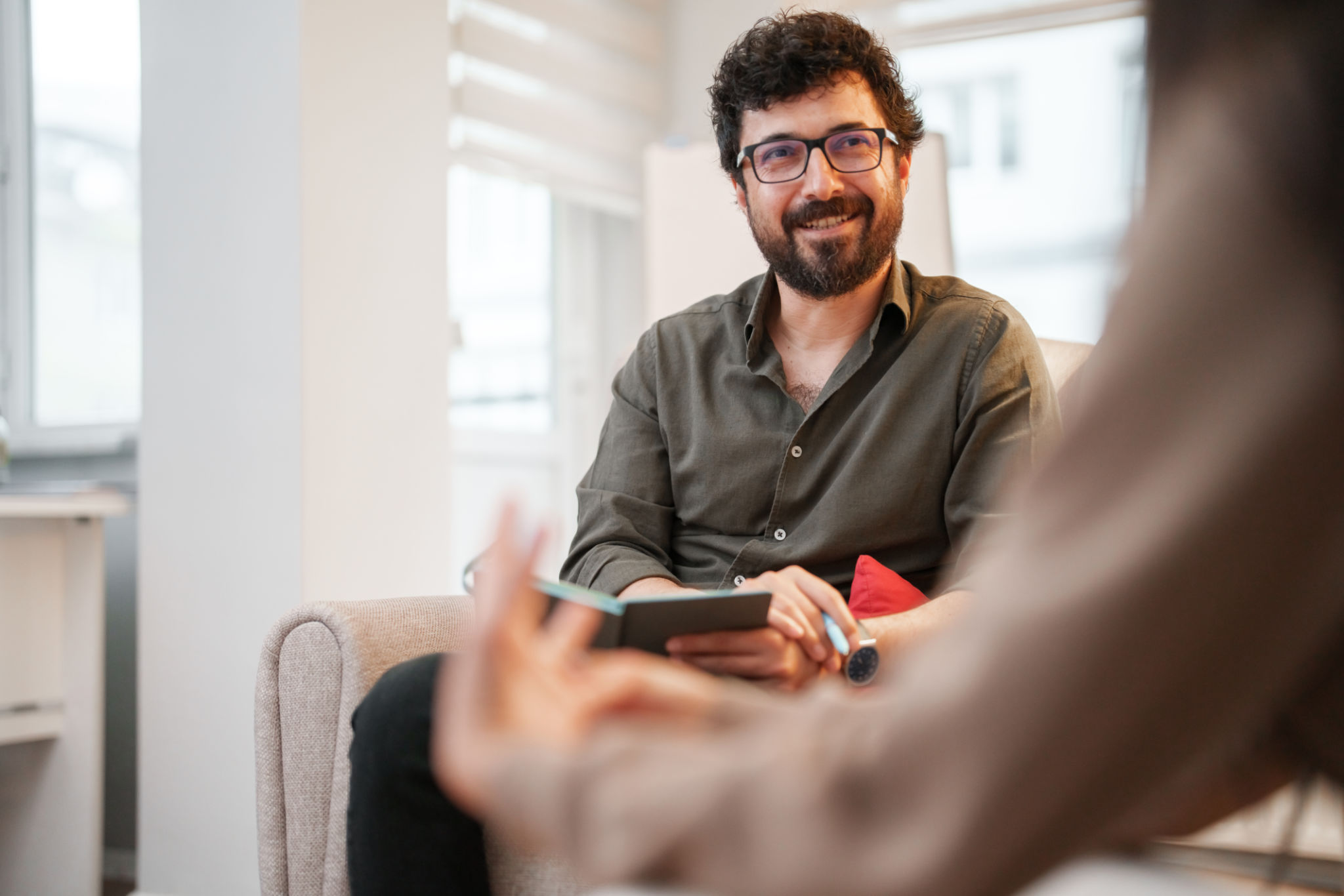Frequently Asked Questions About Stroke Rehabilitation
What is Stroke Rehabilitation?
Stroke rehabilitation is a critical part of recovery for individuals who have experienced a stroke. It involves a series of therapies and interventions aimed at helping patients regain as much independence and function as possible. The process can vary greatly depending on the severity of the stroke and the areas of the brain affected.

Why is Stroke Rehabilitation Important?
A stroke can have profound effects on an individual's ability to perform daily activities. Rehabilitation helps patients relearn skills that may have been lost due to brain damage. It also helps in the prevention of future strokes and complications, ultimately improving the patient’s quality of life.
Early rehabilitation is crucial as it can significantly enhance recovery outcomes. The brain's ability to adapt and reorganize itself, known as neuroplasticity, is most pronounced in the initial months following a stroke.
Who is Involved in Stroke Rehabilitation?
Stroke rehabilitation is a multidisciplinary effort. A team typically includes:
- Physiotherapists - Focus on improving physical function and mobility.
- Occupational Therapists - Help with daily living activities and adaptive strategies.
- Speech and Language Therapists - Assist with communication and swallowing difficulties.
- Psychologists - Provide support for emotional and cognitive challenges.

How Long Does Stroke Rehabilitation Last?
The duration of stroke rehabilitation varies from person to person. While some may improve rapidly in a few weeks, others might require months or even years of ongoing therapy. Factors influencing the timeframe include the severity of the stroke, the patient’s overall health, and their commitment to rehabilitation exercises.
Typically, rehabilitation begins in the hospital setting and continues on an outpatient basis or at home. Consistent participation and effort in rehabilitation activities are key to maximizing recovery potential.
What Types of Therapies are Used?
Various therapies are tailored to address specific deficits caused by a stroke. These may include:
- Physical Therapy: Focuses on improving strength, coordination, and balance.
- Occupational Therapy: Aims to enhance daily living skills and use of assistive devices.
- Speech Therapy: Addresses speech, language, and swallowing difficulties.
- Cognitive Therapy: Helps with memory, attention, and problem-solving skills.

Are There Any Challenges in Stroke Rehabilitation?
Stroke rehabilitation can be challenging not only for patients but also for their families. Common obstacles include lack of motivation, frustration with slow progress, financial constraints, and accessibility to specialized services. Support from family, friends, and healthcare providers is vital in overcoming these challenges.
Setting realistic goals, celebrating small achievements, and maintaining a positive outlook can significantly influence the success of rehabilitation efforts.
Conclusion
Stroke rehabilitation is an essential aspect of recovery that requires patience, dedication, and support from a well-coordinated multidisciplinary team. While the journey can be demanding, the potential for regaining independence and improving quality of life makes it an invaluable process for stroke survivors.